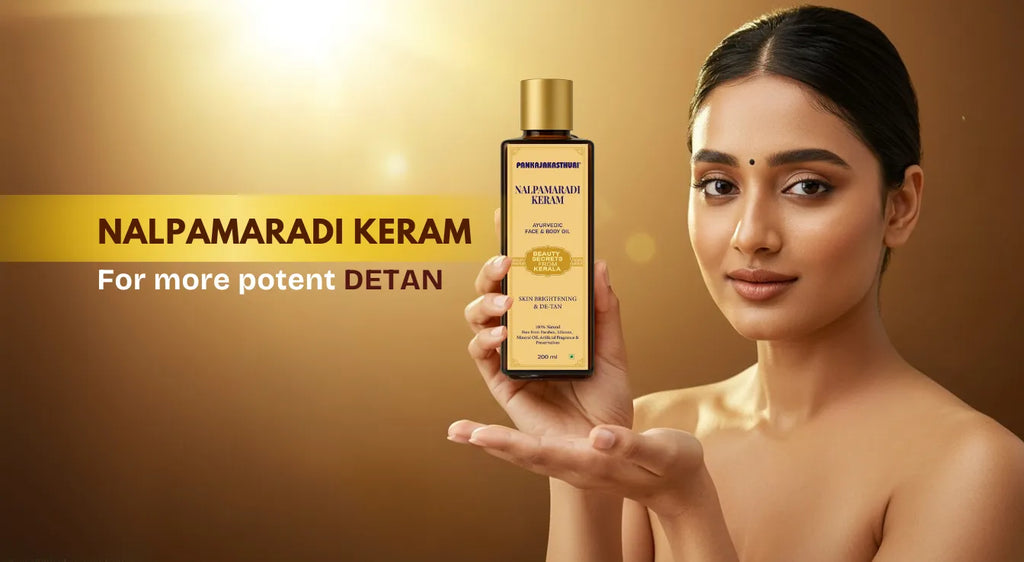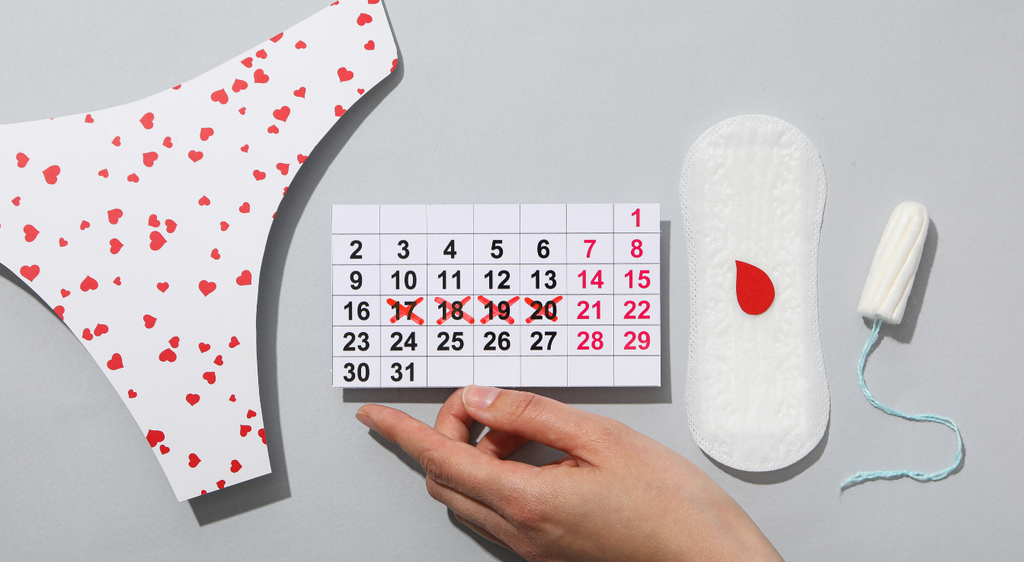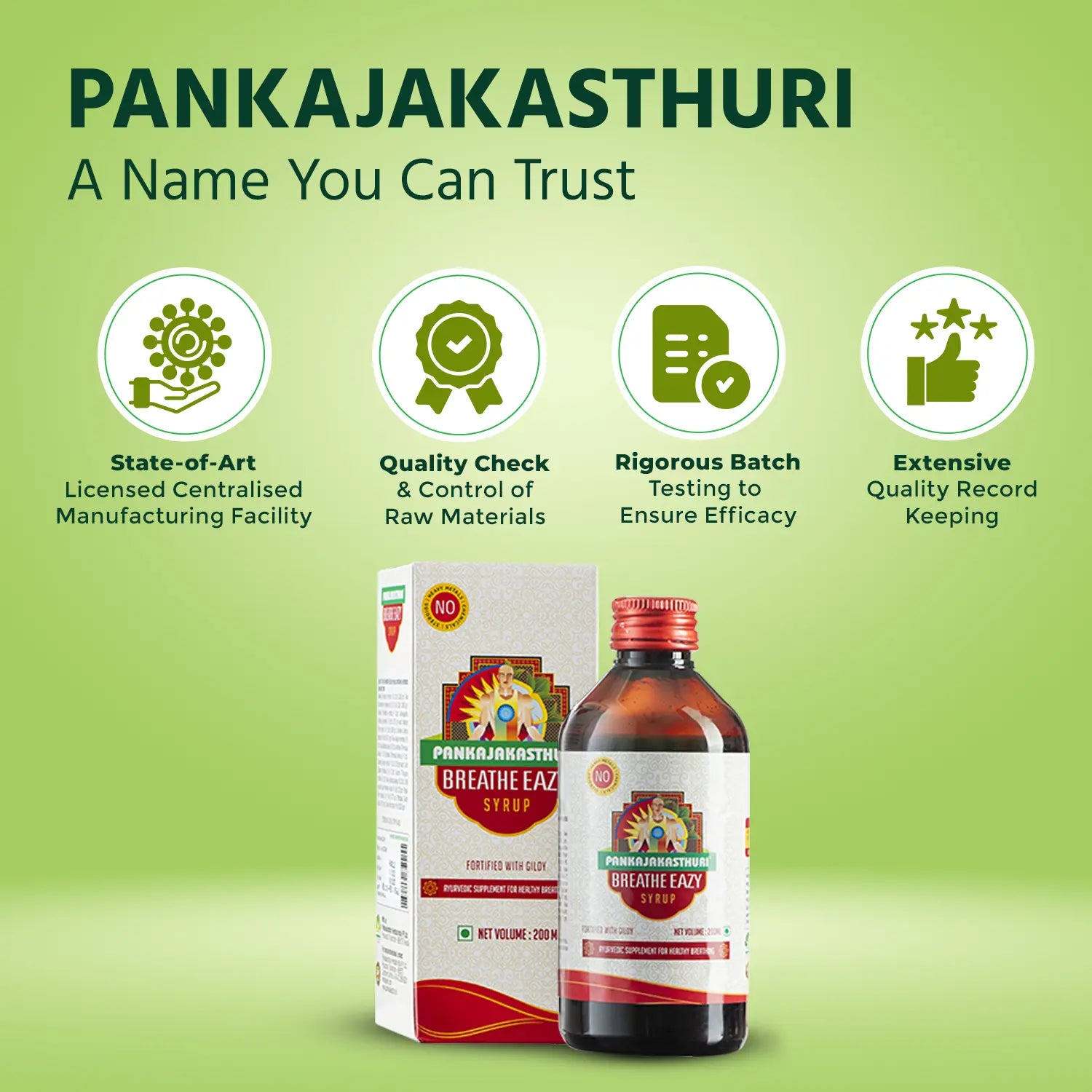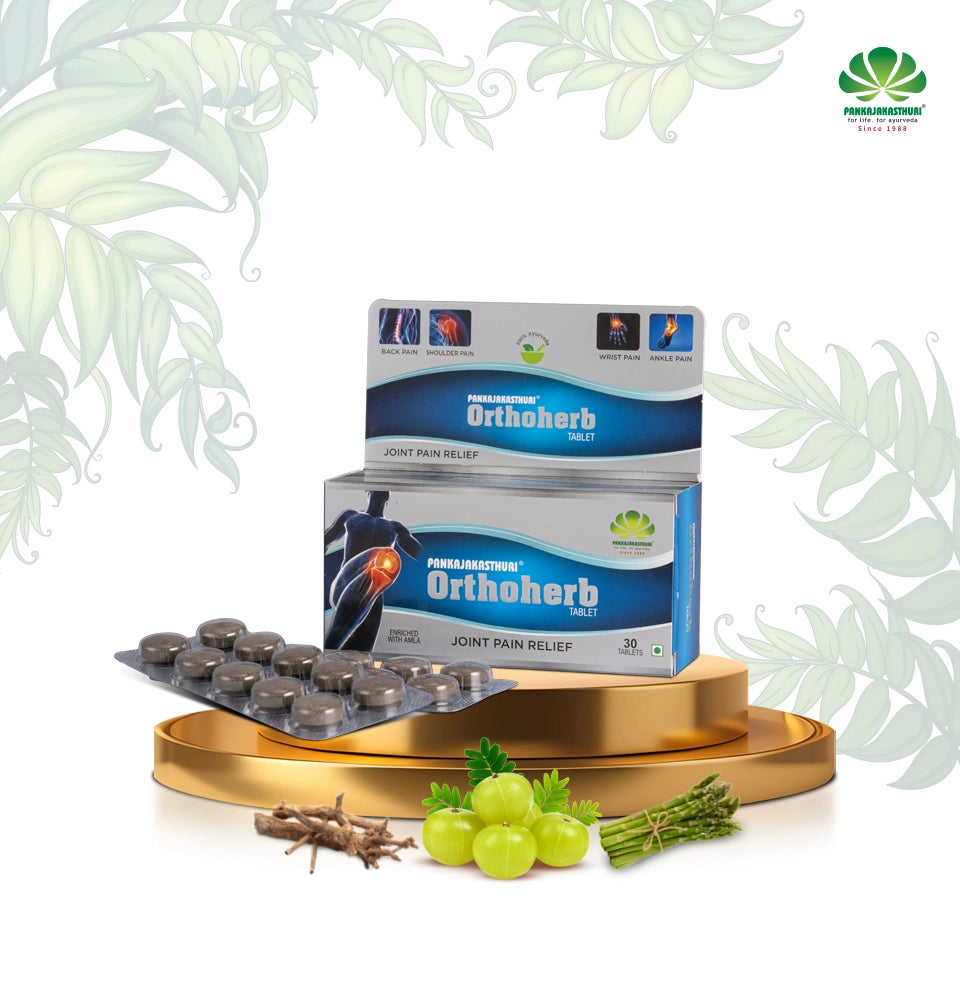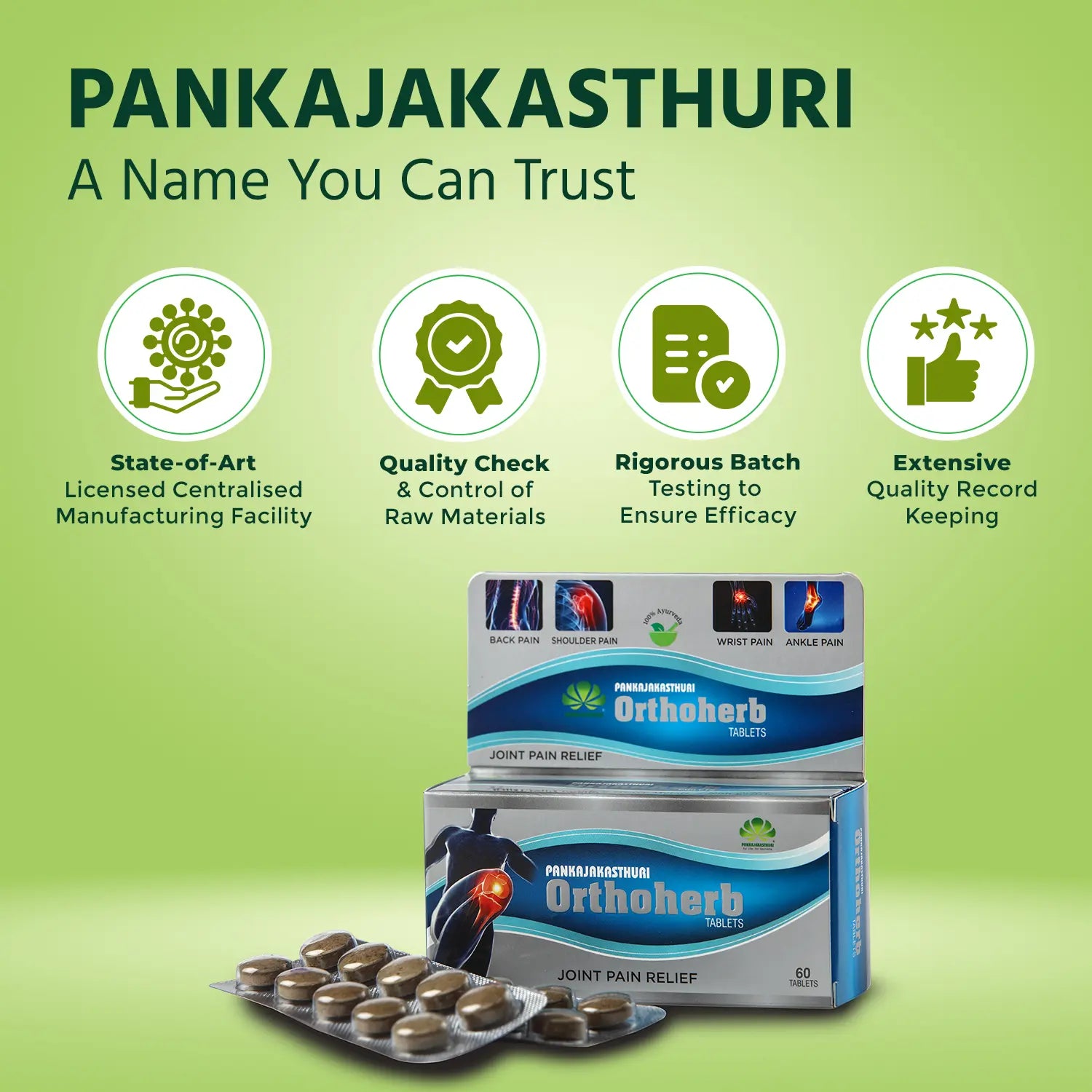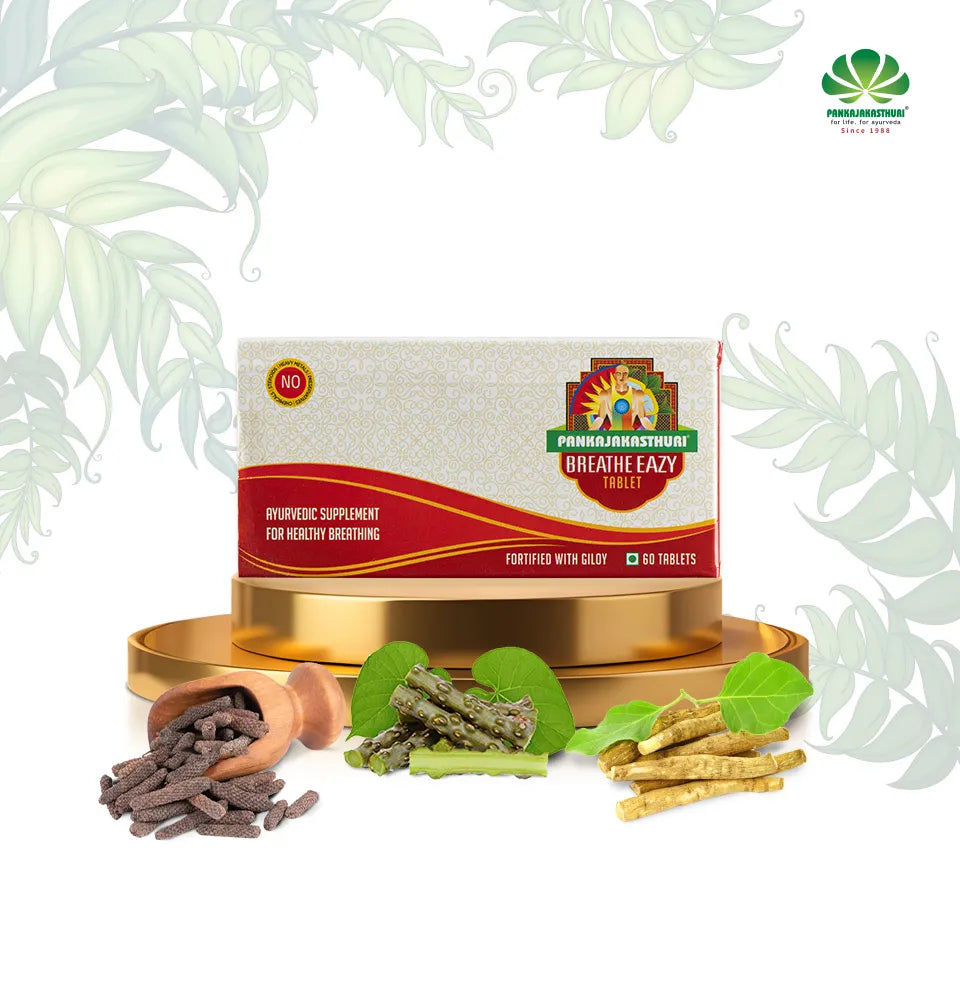
Understanding and Managing Keratosis Pilaris : Ayurvedic Insights

Keratosis Pilaris (KP), commonly referred to as "chicken skin," is a harmless but often frustrating skin condition that manifests as tiny, rough bumps—most commonly found on the upper arms, thighs, buttocks, and cheeks. In Ayurveda, such skin imbalances are typically linked to vitiation of Vata and Kapha doshas, leading to dryness, poor skin metabolism and blocked channels (srotas).
Let’s explore what causes KP and how you can manage it naturally through Ayurvedic wisdom, herbal remedies, and simple lifestyle shifts.
What Is Keratosis Pilaris?
From a modern medical perspective, KP is caused by a buildup of keratin, a protective skin protein that blocks hair follicles. This creates the hallmark rough texture and tiny, pimple-like bumps.
Key Characteristics of KP:
-
Texture: Dry and rough, similar to goosebumps.
-
Appearance: Small, skin-colored or red bumps.
-
Common Areas: Upper arms, thighs, buttocks, and cheeks.
-
Symptoms: Usually not painful, but may be mildly itchy or irritated.
-
Aggravating Factors: Cold, dry climates; genetic predisposition; and underlying conditions such as eczema or asthma.
Is Keratosis Pilaris and Strawberry skin the same?
No, keratosis pilaris and strawberry skin are not the same, though they are often confused because both affect the hair follicles and appear as visible dots on the skin. Keratosis pilaris is a genetic and chronic skin condition whereas strawberry skin is often a cosmetic issue caused by shaving, clogged pores or folliculitis etc.
Ayurvedic Perspective
In Ayurveda, KP can be interpreted as a manifestation of imbalanced Kapha (leading to clogging and buildup) and Vata (causing dryness and roughness). When these doshas are aggravated, they disrupt the natural flow of nutrients and moisture to the skin, resulting in blocked follicles and rough texture.
Herbal & Natural Remedies (Ayurveda-Approved)
While there is no instant cure, regular use of natural herbs and oils can pacify the aggravated doshas, cleanse the channels, and restore skin harmony over time.
1. Virgin Coconut Oil
-
Ayurvedic Role: Cooling and moisturizing (Vata-pacifying).
-
Use: Massage daily after a warm bath. Mix with sugar for gentle exfoliation twice a week.
2. Aloe Vera (Kumari)
-
Properties: Cooling, anti-inflammatory, skin rejuvenating.
-
Use: Apply fresh aloe gel, leave for 20–30 minutes, rinse off. Use daily or as needed.
3. Apple Cider Vinegar
-
Dosha Impact: Balances Kapha and mildly detoxifies.
-
Use: Dilute (1:1 with water), apply with cotton, rinse after 10 minutes. Use 2–3 times a week.
4. Oatmeal (Yava)
-
Effect: Soothing and anti-inflammatory, helpful for irritated Vata skin.
-
Use: Apply as a paste for 15–20 minutes.
Herbal Exfoliants (Lepa)
Gentle exfoliation (without aggravating Vata) helps unblock the follicles and remove dead cells.
-
Sugar + Olive Oil Scrub: Mix and use 1–2 times a week.
-
Ground Flaxseed or Almond Powder: Soft, natural scrub for sensitive skin.
Avoid over-exfoliation—it may irritate and worsen symptoms.
Diet & Lifestyle According to Ayurveda
Hydration is the Key
-
Drink plenty of warm water throughout the day to flush toxins and support skin hydration.
Follow an Anti-Inflammatory Diet:
-
Include: Omega-3 rich seeds (flaxseed, chia), turmeric, amla, spinach, and berries.
-
Avoid: Fried, cold, and processed foods that aggravate Kapha.
Environmental Tips
-
Use a humidifier in dry climates to prevent excessive skin dryness.
-
Avoid harsh soaps or body washes—opt for gentle, natural cleansers with moisturizing herbs like neem, tulsi, or manjistha.
Final Thoughts
Keratosis Pilaris, though common and harmless, can be a persistent skin concern. Fortunately, with the guidance of Ayurveda, you can gently support your skin’s natural healing through dosha-balancing herbs, oils and mindful living. If symptoms persist or worsen, consider consulting an Ayurvedic practitioner for personalized treatment.



